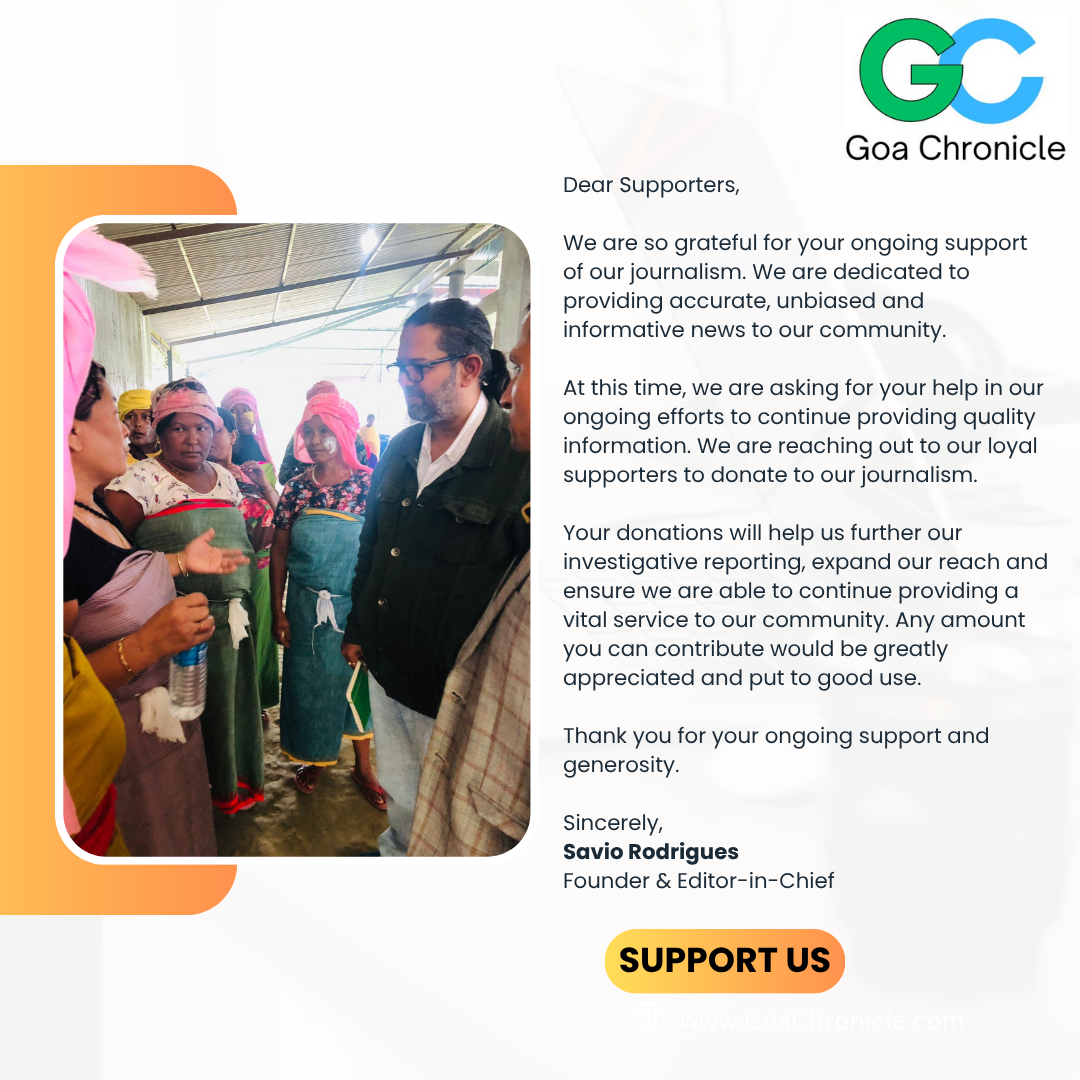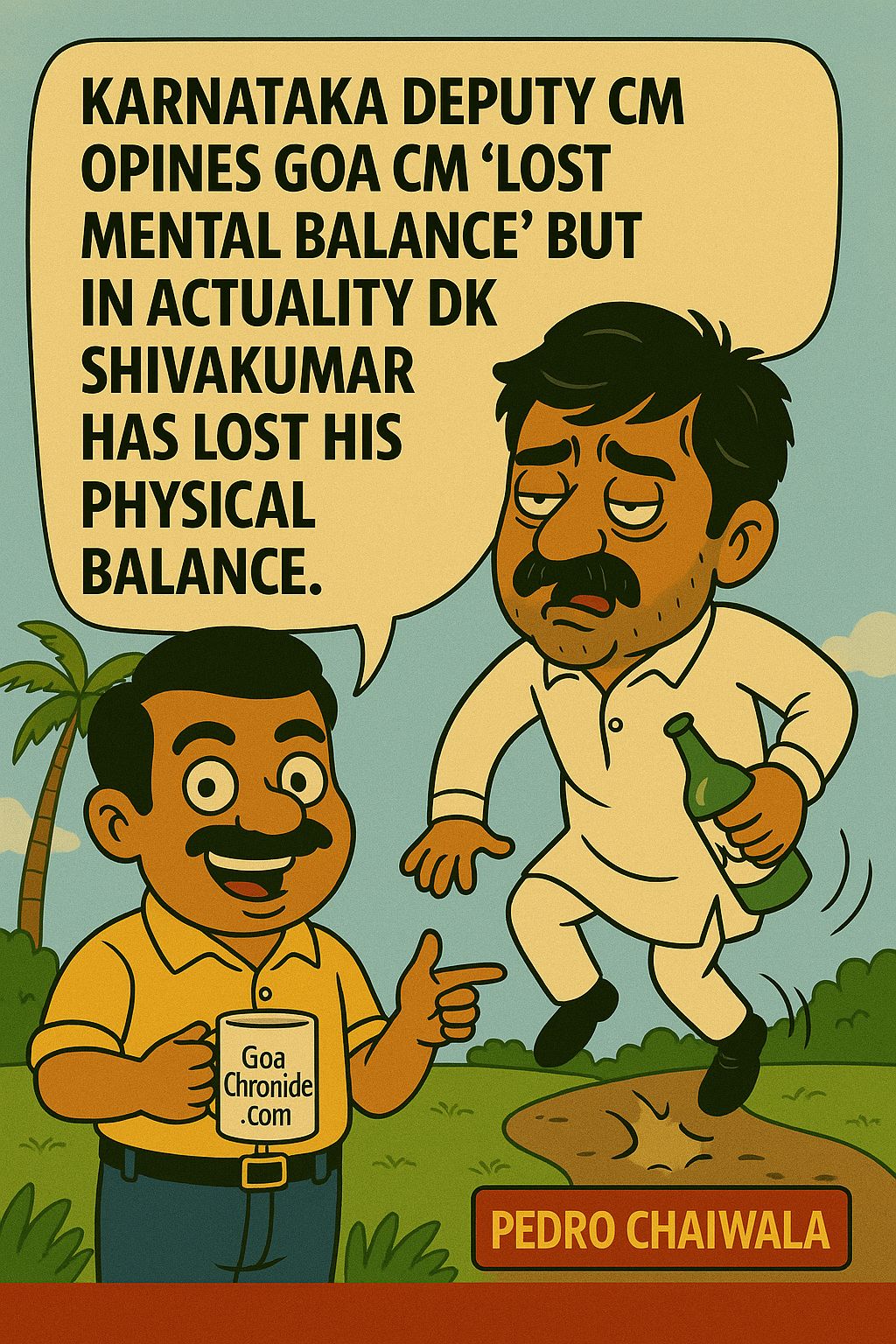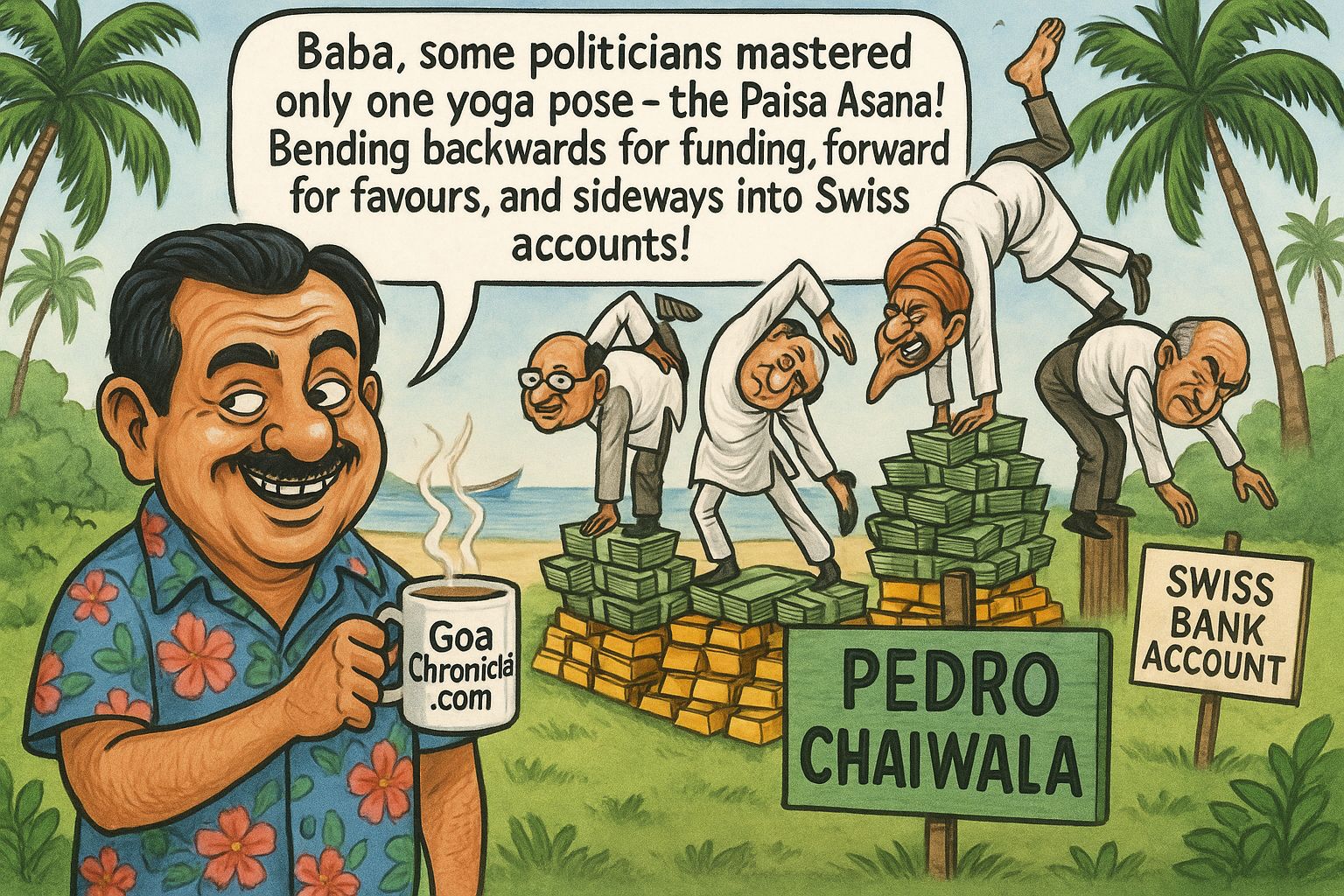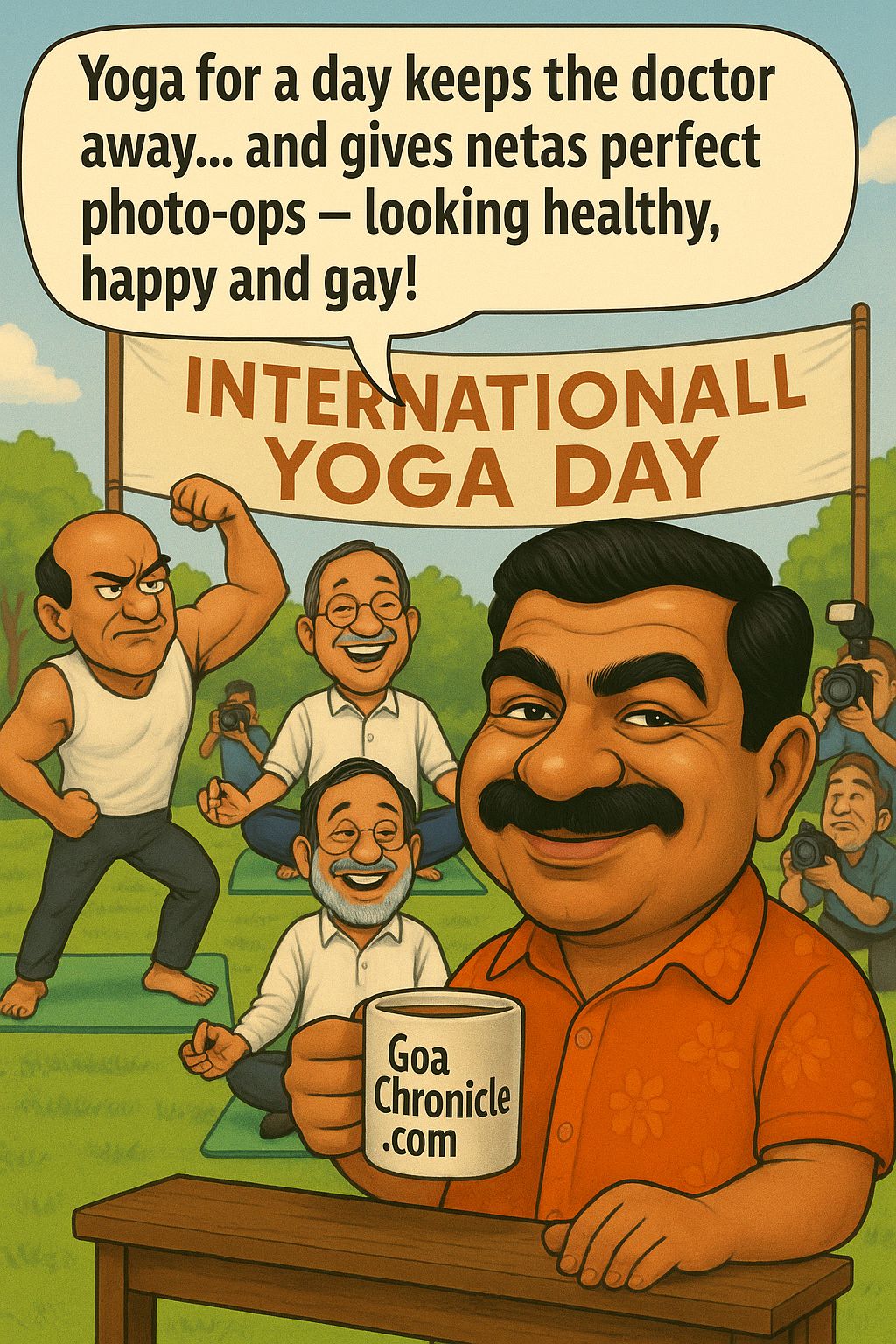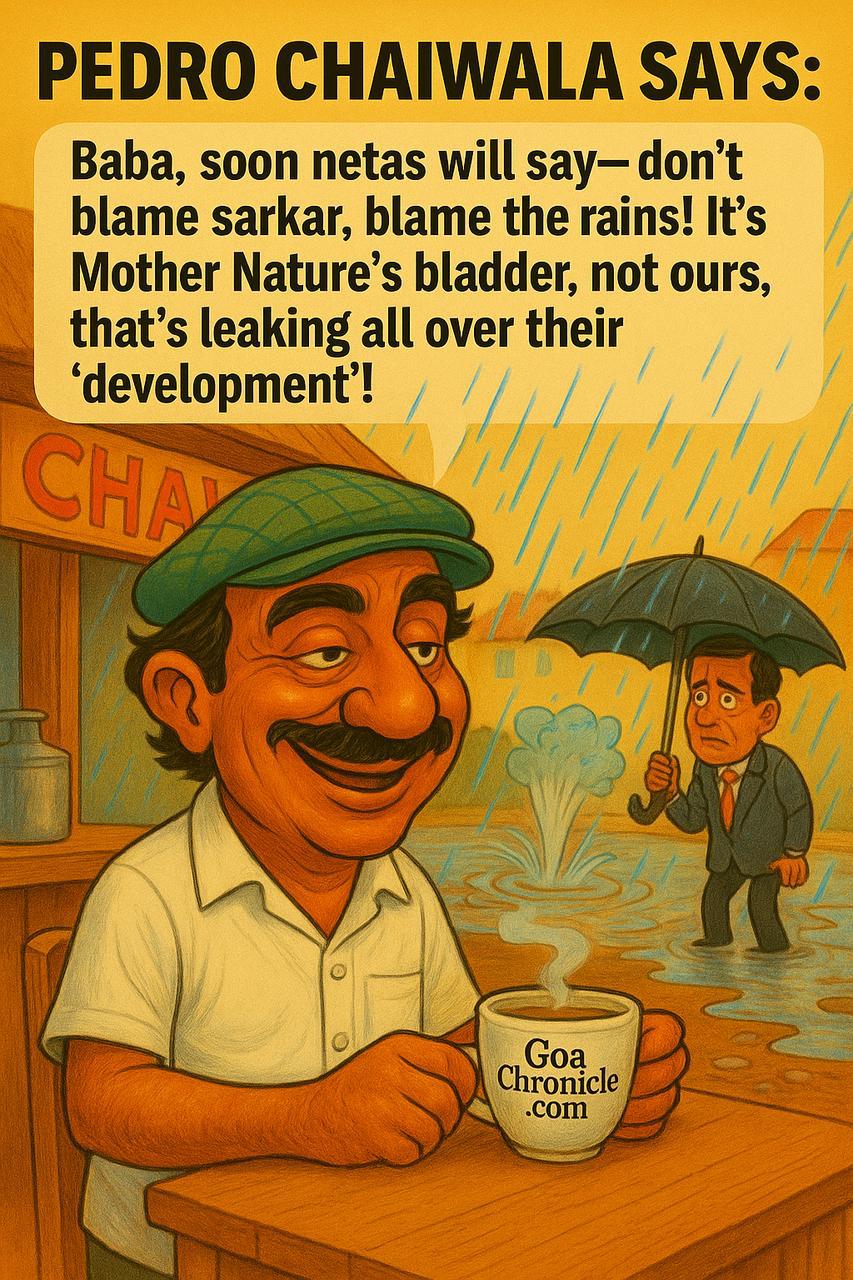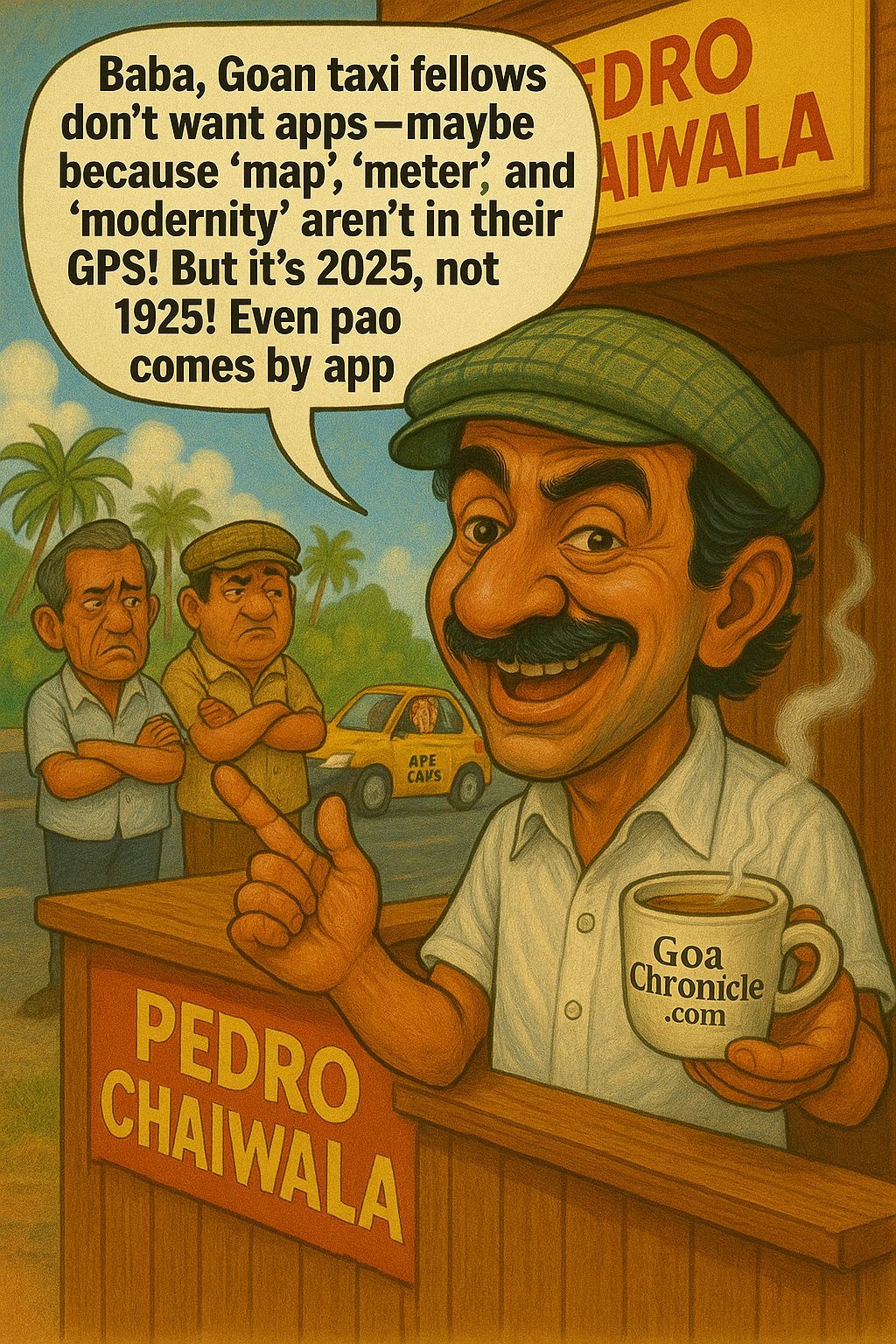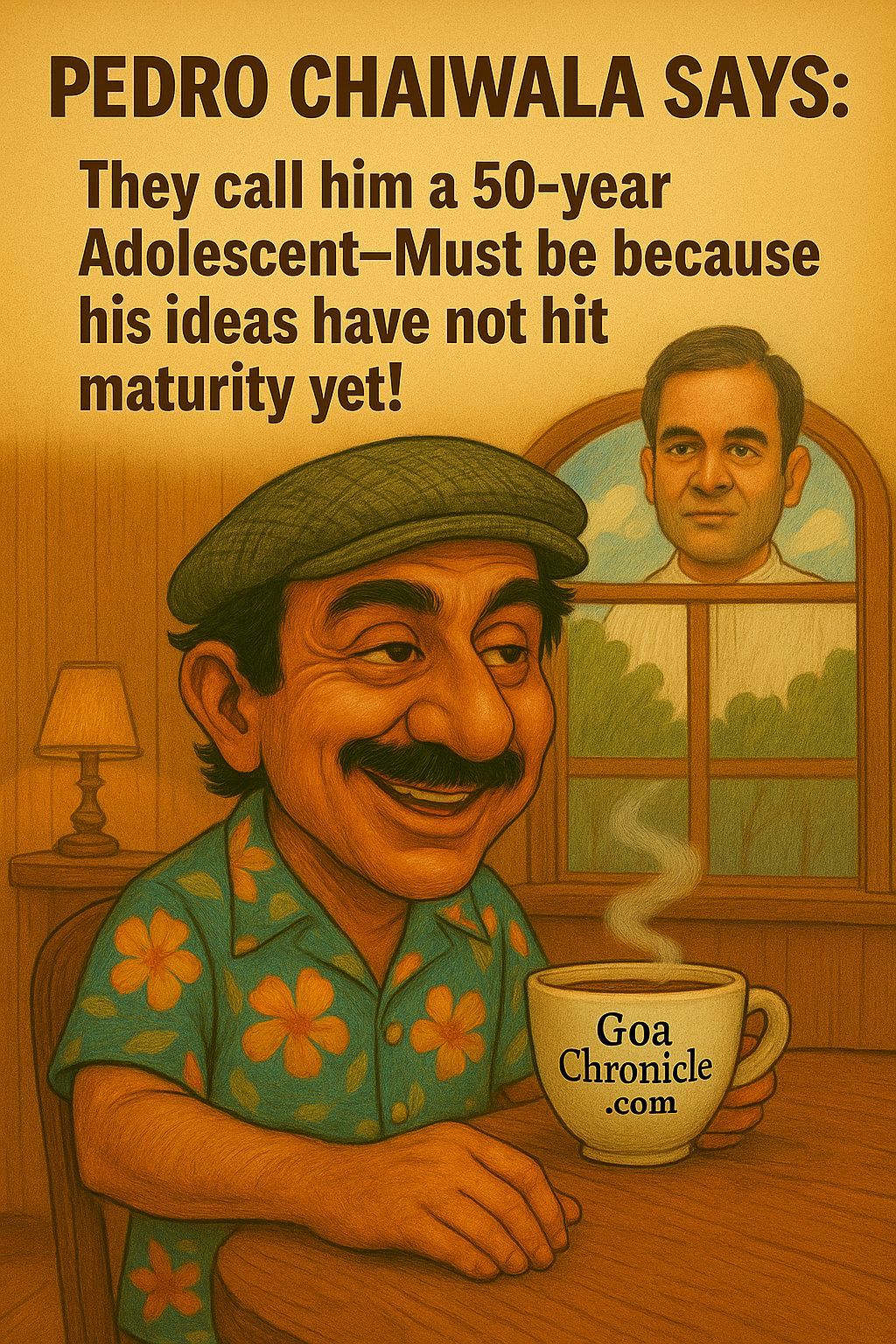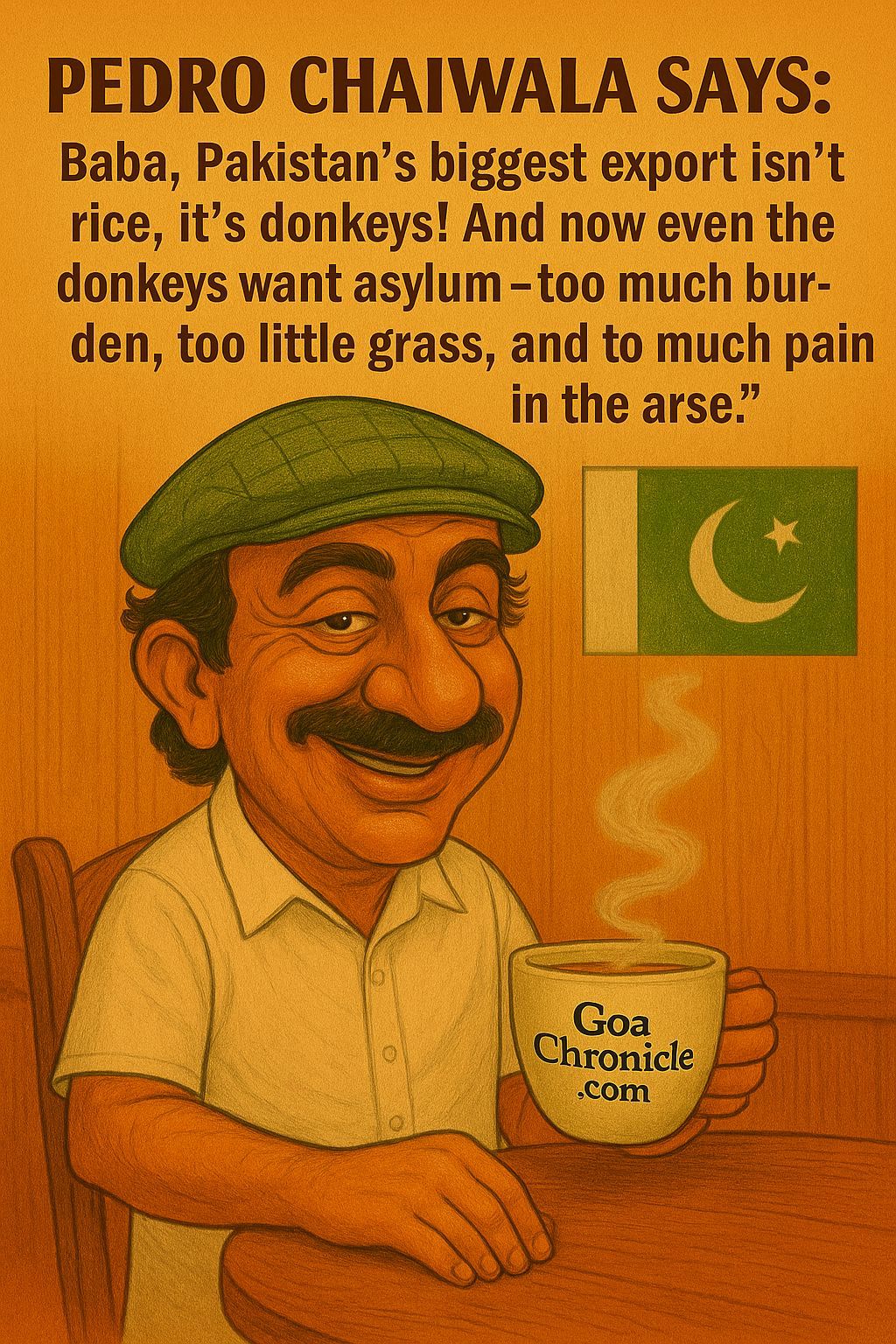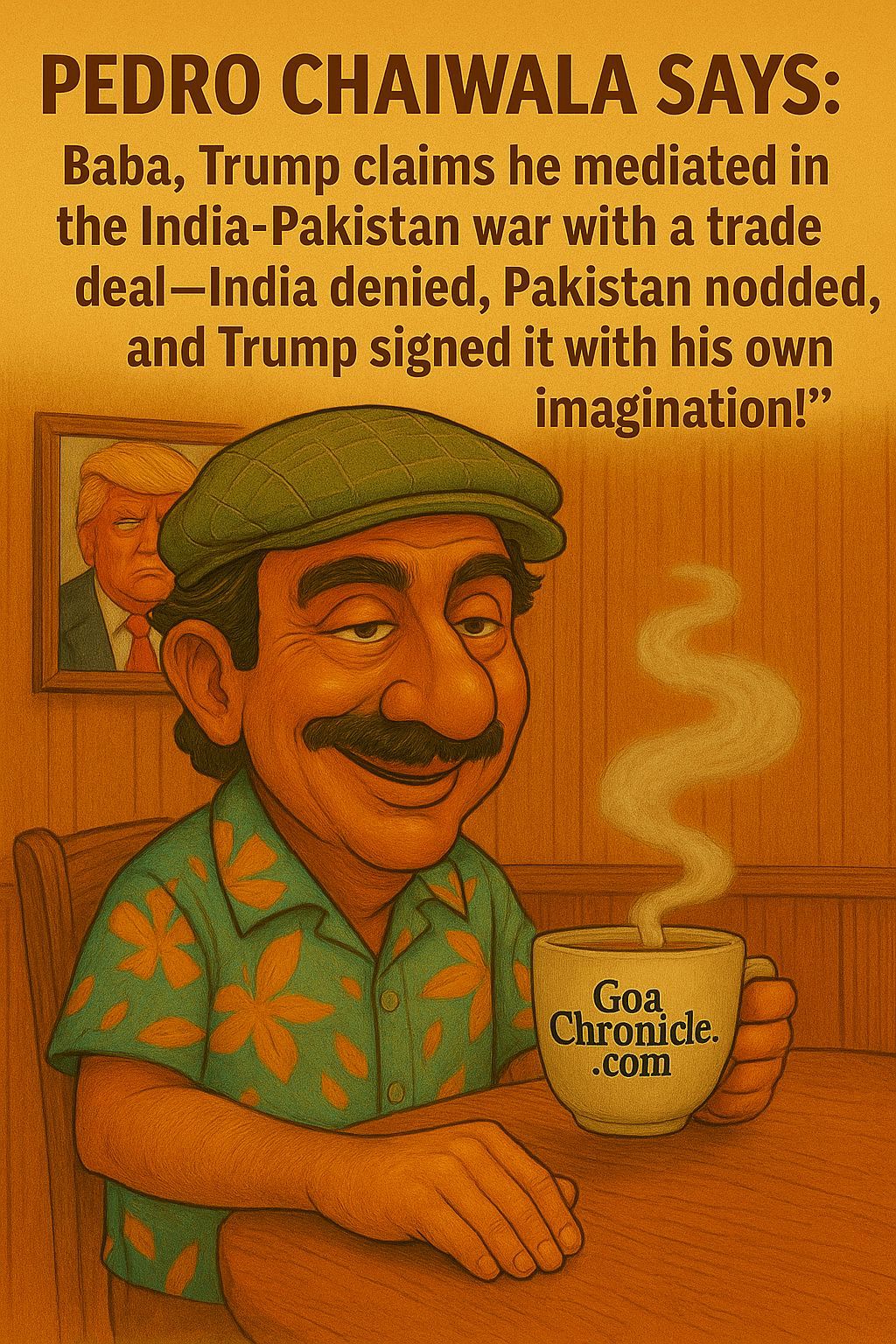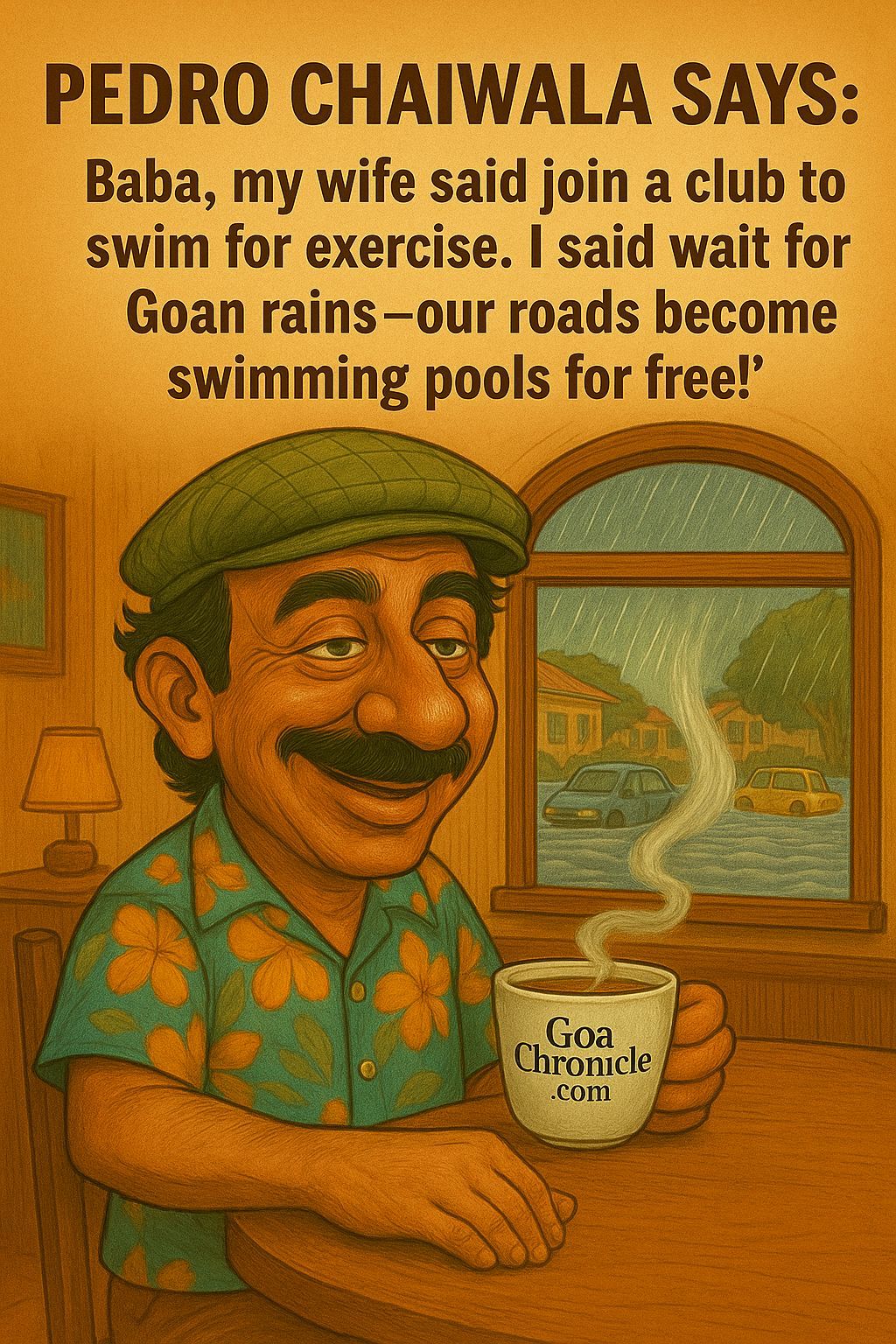On May 10, 2025, the Cauvery River—once a symbol of life and sustenance—became the silent witness to a national disgrace. Floating in its waters was the decomposed body of Padma Shri awardee Dr. Subbanna Ayyappan. The man who gave India its Blue Revolution, who turned fish into food security for millions, met a death so unceremonious, so quietly brushed aside, it should shake the conscience of a country that prides itself on its scientific progress.
But it won’t. Because in India, scientists can die, and no one bats an eyelid. A headline here, a quote there, and the matter is closed. Suicide, they say. Depression, they suggest. Move on, they imply. But I won’t. Because this isn’t just about Dr. Ayyappan—it’s about a pattern. A chilling, undeniable, shameful pattern. A pattern of how India treats its scientific minds not as national treasures but as expendables.
Dr. Ayyappan wasn’t just another bureaucrat in Delhi’s corridors of indifference. He was a visionary. The first fisheries scientist to lead the Indian Council of Agricultural Research (ICAR), he pioneered aquaculture that empowered rural communities, transformed inland fish farming, and elevated India to the status of the second-largest fish-producing country in the world. He was also Secretary of the Department of Agricultural Research and Education (DARE), Vice-Chancellor of Central Agricultural University in Imphal, and Chairman of NABL. The man held every credential that defines national service. Yet when he disappeared, there was no panic. And when his body surfaced in the river, there was no outrage.
Instead, we got the usual state machinery spinning the same old narrative—suicide. No forensic transparency. No suicide note. No institutional accountability. Just a dead man and a hurried explanation.
But this is not the first time India has buried a scientist with its apathy. Over the past 20 years, our country has seen an alarming number of its scientists die under mysterious, suspicious, and uninvestigated circumstances. And every single time, the establishment has opted for silence. Silence is not absence of noise—it is the loudest cover-up.
Remember T. S. Suresh Kumar? An ISRO scientist found dead in his locked apartment in Bengaluru in 2013. They said it was suicide. No note. No explanation. M. I. Babu, another ISRO expert, found dead in Nellore. Road accident, they claimed. Eyewitnesses questioned the claim. No answers. Senior ISRO engineer K. S. Jayaraman—also gone. Cause of death? Unclear, just like the project he was working on: secure satellite communication.
Then there’s the dark web of deaths in the DRDO. Dr. Lokanathan Mahalingam—a man with top-level nuclear access at the Kaiga Atomic Power Station—went missing in 2009. His body was found floating in the Kali River. Labeled a suicide. Never mind that he was healthy, active, and days away from a strategic review meeting. Uma Rao, another DRDO scientist, was stabbed to death in 2014. Working on missile defense systems, but her death was reduced to a case of personal dispute. Case closed. No one followed up. No one cared.
Two engineers from the Kalpakkam nuclear facility were found dead on railway tracks in 2014. Suicide pact, said the police. The families cried foul. But who listens to families of dead scientists in India?
A BARC scientist researching thorium-based reactors—burnt alive in his Trombay apartment in 2010. Blamed on a short circuit. Another body, another shrug.
Anil Kakodkar, the former chairman of the Atomic Energy Commission, was almost assassinated in 2010. The attempt was foiled. But instead of strengthening security for our scientific community, we collectively turned our gaze away.
And then there are the quieter deaths—the ones that don’t make it to the newsrooms dominated by celebrity divorces and political drama. Dr. Vasantha Kumari, working on genetically modified cotton at the Central Institute for Research on Cotton Technology, died under unexplained circumstances in 2011. Her research threatened vested interests in the agri-industrial complex. But hey, just another scientist, right?
Even environmental scientists aren’t spared. Dr. G. D. Agrawal, once a top IIT professor, died during a hunger strike in 2018 while protesting the government’s failure to clean the Ganga. He didn’t starve himself out of spiritual conviction alone—he starved because the system didn’t listen. His death wasn’t just a protest; it was an indictment.
And now, we have Dr. Subbanna Ayyappan. A man who revolutionized rural livelihoods. A man whose research touched every fish farm, every small pond, every tribal village that looked to aquaculture for survival. He was still in active service, still shaping policies, still contributing to national growth. And now, he’s dead. Just like that.
Why are these brilliant minds dying? Why is there no consistent investigation? Why is there no institutional memory or concern when a scientist goes missing or turns up dead? We protect politicians with Z+ security. We assign commandos to celebrities. But our scientists? They die alone. Unprotected. Unheard. And often, unacknowledged.
This is not incompetence—it is systemic rot. When national assets are treated as dispensable, it exposes a nation that does not value its future. Because a country that does not protect its scientists is not a country prepared to lead the world. It is a country content with mediocrity, afraid of truth, and dismissive of sacrifice.
Every unexplained death chips away at the soul of India’s scientific spirit. These aren’t suicides—they’re institutional assassinations. The murder weapon is not a knife or a gun—it is neglect. Indifference. Apathy.
India must wake up. Not with a statement. Not with a press release. But with accountability.
We need a national commission to review every unexplained death of an Indian scientist in the last two decades. We need a central security protocol for those working in sensitive areas of space, nuclear research, agriculture, biotechnology, and defense. We need laws that mandate full public disclosure in cases involving deaths of personnel in national strategic institutions. And above all, we need the courage to ask uncomfortable questions and the integrity to follow the truth wherever it leads.
Dr. Ayyappan didn’t just die. He was failed—by a system, by a state, and by a society that moves on too fast and cares too little.
Let us not insult his memory with silence. Let us not bury his contributions with conspiracy theories or lazy narratives. Let us, for once, demand truth, justice, and reform.
Because if we don’t, the next time a scientist dies, we won’t even notice. And that, my fellow Indians, is the final death we should fear—the death of our national conscience.





